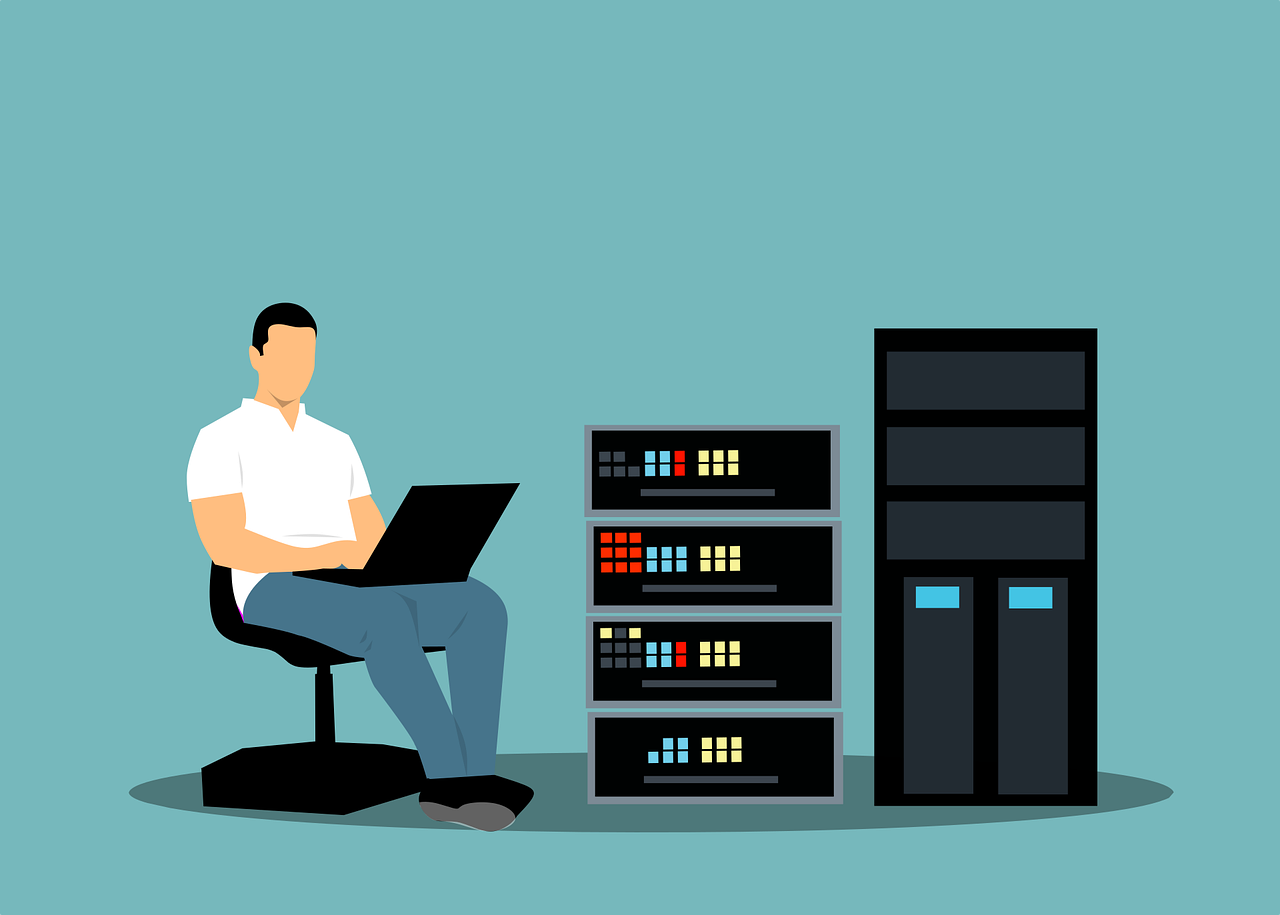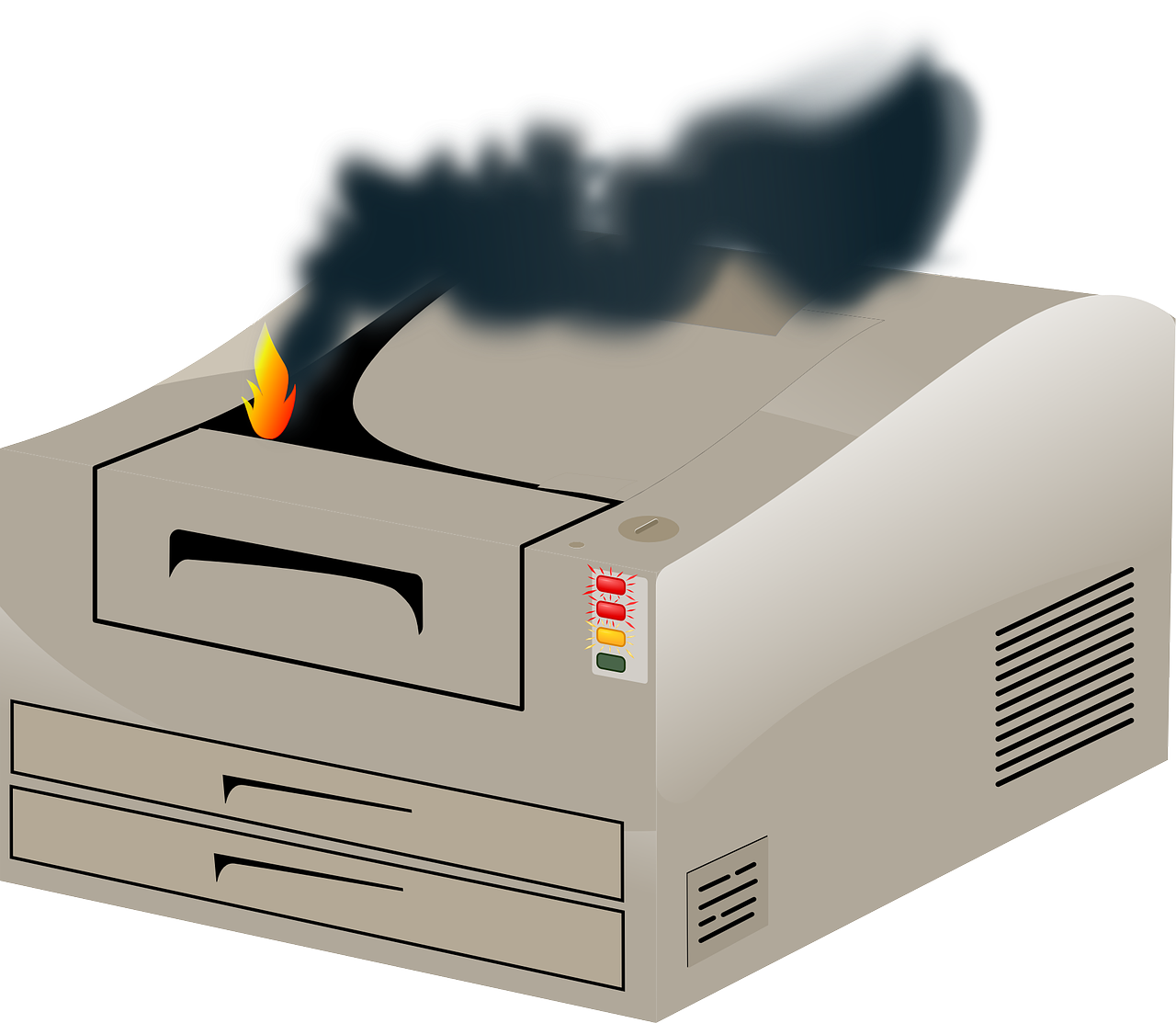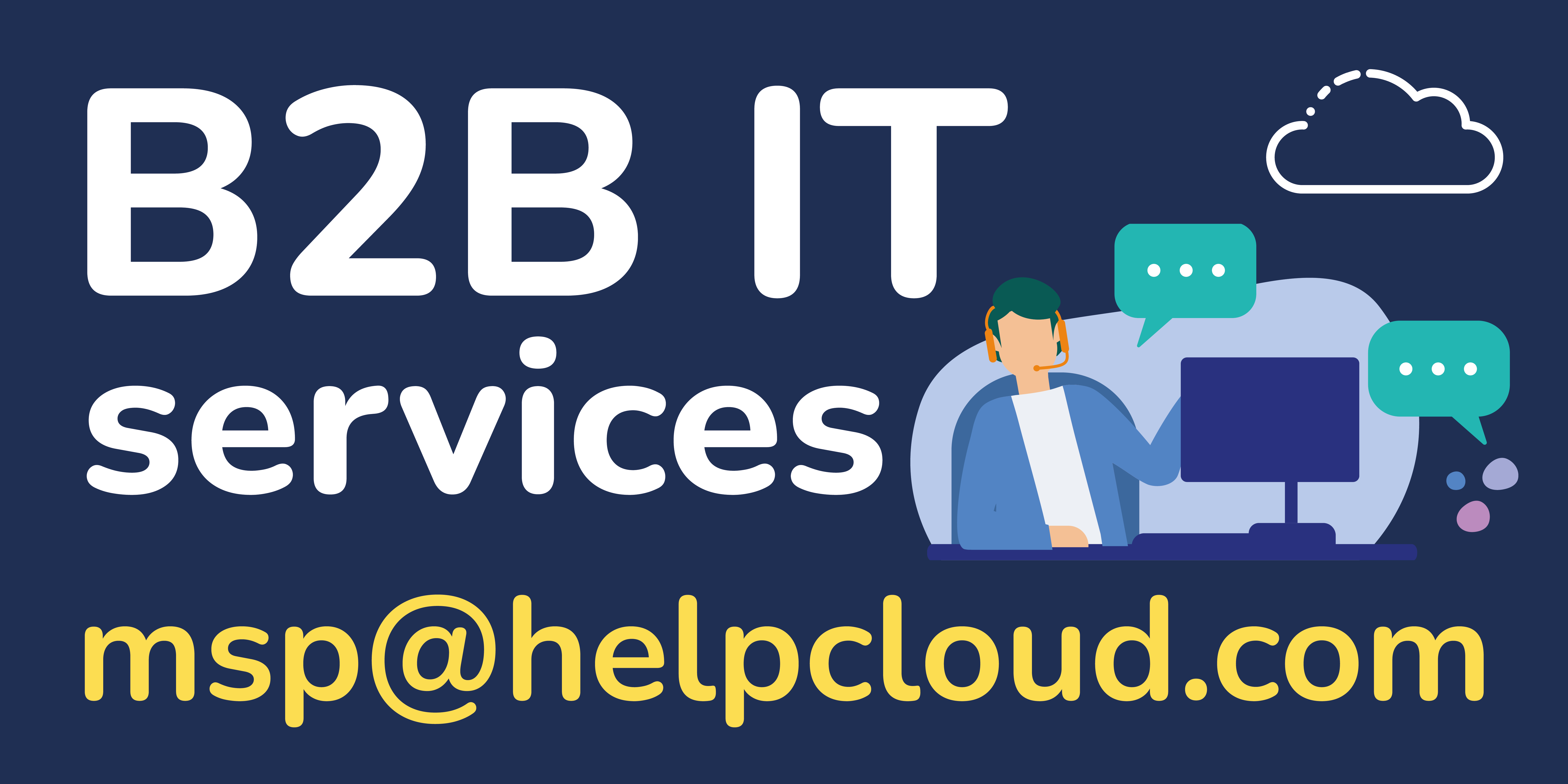In the ever-evolving realm of Information Technology (IT), managing the lifecycle of your hardware and software assets is not just a best practice; it's a strategic imperative. From procurement to retirement, every stage in the lifecycle presents unique challenges and opportunities for organizations seeking to optimize their IT investments. In this comprehensive guide, we'll delve into the intricacies of lifecycle management, exploring its key components, benefits, and actionable strategies to help your business thrive in the dynamic IT landscape.
Understanding Lifecycle Management: A Holistic Approach
Lifecycle management, often referred to as IT asset lifecycle management (ITALM), involves the systematic planning, tracking, and governance of IT assets throughout their entire lifespan. This encompasses everything from acquisition and deployment to maintenance, upgrades, and eventual retirement or disposal.
1. Procurement and Deployment: Setting the Foundation
The lifecycle journey begins with the procurement of IT assets. This phase is critical as it sets the foundation for the entire lifecycle. Strategic procurement involves evaluating vendors, negotiating contracts, and selecting technologies that align with your organization's goals.
During the deployment stage, meticulous planning and execution are crucial. Ensuring proper installation, configuration, and integration of new hardware or software sets the stage for optimal performance throughout its lifespan. Employee training and change management are also essential components of a successful deployment, reducing the likelihood of issues and maximizing the value of the new assets.

2. Active Management: Maximizing Efficiency
Once deployed, active management becomes paramount. Regular monitoring, maintenance, and performance optimization are necessary to ensure that assets operate at peak efficiency. This stage involves:
- Monitoring and Reporting: Utilize monitoring tools to keep track of the health and performance of your IT assets. Identify potential issues before they escalate, minimizing downtime and disruptions.
- Regular Maintenance: Implement a proactive maintenance schedule for both hardware and software. This includes applying patches, updates, and security measures to keep systems secure and up to date.
- Optimization: Regularly assess the utilization of resources. This may involve reconfiguring hardware, adjusting software settings, or reallocating resources to better meet the evolving needs of the organization.
- License Management: Keep a close eye on software licenses to ensure compliance and avoid unnecessary costs. Periodically review your software inventory to identify unused or underutilized licenses.
3. Upgrades and Expansion: Adapting to Change
As technology advances, the need for upgrades and expansions becomes inevitable. Embracing change through strategic upgrades helps organizations stay competitive, secure, and efficient. Key considerations during this phase include:
- Technology Assessment: Regularly evaluate the technological landscape to identify opportunities for upgrades. This could involve hardware refreshes, software version updates, or transitioning to more advanced solutions.
- Capacity Planning: Anticipate growth and assess the scalability of your IT infrastructure. Ensure that your systems can accommodate increasing workloads and demands.
- Data Migration: Plan and execute seamless data migration strategies when upgrading hardware or transitioning to new software solutions. Minimize the risk of data loss or disruption during the migration process.
4. Retirement and Disposal: Responsible End-of-Life Management

As IT assets reach the end of their useful life, responsible retirement and disposal practices become imperative. This phase involves decommissioning hardware, securely erasing data, and implementing environmentally friendly disposal methods. Key aspects include:
- Data Sanitization: Prioritize data security by ensuring all sensitive information is securely erased from retired hardware. This involves using reputable data sanitization tools or physically destroying storage media.
- Environmentally Friendly Disposal: Adopt eco-friendly disposal methods to minimize the environmental impact of retiring IT assets. This may involve recycling components or donating functional equipment to charitable organizations.
- Documentation: Maintain thorough documentation throughout the retirement process, including disposal certificates and records of asset retirement. This documentation is essential for compliance and auditing purposes.
The Benefits of Lifecycle Management: Why It Matters
Effective IT asset lifecycle management offers a myriad of benefits that extend beyond cost savings. By adopting a holistic approach to the entire lifecycle, organizations can:
1. Optimize Costs:
Lifecycle management helps organizations make informed decisions at every stage, preventing unnecessary spending on outdated or underutilized assets. Strategic procurement, regular maintenance, and timely upgrades contribute to overall cost optimization.
2. Enhance Productivity:
Proactive monitoring and maintenance reduce the risk of unexpected downtime, ensuring that systems operate smoothly. This, in turn, enhances employee productivity by providing a stable and efficient IT environment.
3. Improve Security:
Regular updates, patches, and monitoring contribute to a robust cybersecurity posture. By addressing vulnerabilities promptly and ensuring software is up to date, organizations can mitigate the risk of security breaches.

4. Facilitate Compliance:
Lifecycle management helps organizations stay compliant with licensing agreements, industry regulations, and data protection laws. This reduces the risk of legal issues and associated fines.
5. Support Strategic Planning:
A clear understanding of your IT assets and their lifecycle allows for more informed strategic planning. Organizations can align their IT investments with business objectives, ensuring technology supports and enhances overall goals.
Actionable Strategies for Effective Lifecycle Management
Now that we've explored the importance and benefits of lifecycle management, let's delve into actionable strategies to implement within your organization:
1. Implement an IT Asset Management (ITAM) System:
Invest in a robust ITAM system to centralize the tracking of all IT assets. This provides a comprehensive view of your inventory, making it easier to manage and plan for the entire lifecycle.
2. Establish Clear Policies and Procedures:
Develop and communicate clear policies and procedures for each stage of the lifecycle. This includes procurement guidelines, maintenance schedules, and retirement processes. Ensuring all stakeholders understand and adhere to these guidelines is crucial for success.
3. Automate Monitoring and Reporting:
Leverage monitoring tools and automated reporting to streamline the active management phase. Proactive alerts and detailed reports help IT teams identify and address issues promptly, reducing downtime and improving overall efficiency.
4. Regularly Assess Technological Landscape:
Stay informed about technological advancements and market trends. Regularly assess your IT infrastructure to identify opportunities for upgrades or adjustments to align with changing business needs.
5. Invest in Employee Training:
Well-trained employees contribute to the overall success of lifecycle management. Provide training programs to ensure that staff understands the importance of adhering to policies, reporting issues promptly, and using IT assets responsibly.
6. Collaborate with Vendors:
Foster strong relationships with IT vendors. Engage in ongoing discussions to stay informed about product roadmaps, updates, and potential cost-saving opportunities. Vendors can also provide valuable insights into the best practices for managing their products throughout their lifecycle.
7. Regularly Review and Update Policies:
IT environments are dynamic, and policies should reflect the evolving landscape. Regularly review and update your IT policies to ensure they remain aligned with industry best practices, compliance requirements, and organizational goals.
Conclusion: A Continuous Journey of Optimization
In conclusion, effective IT asset lifecycle management is not a one-time task but a continuous journey of optimization. By adopting a holistic approach that spans from procurement to retirement, organizations can unlock significant benefits in terms of cost savings, productivity, efficiency, and smooth adaptation of new technologies.

